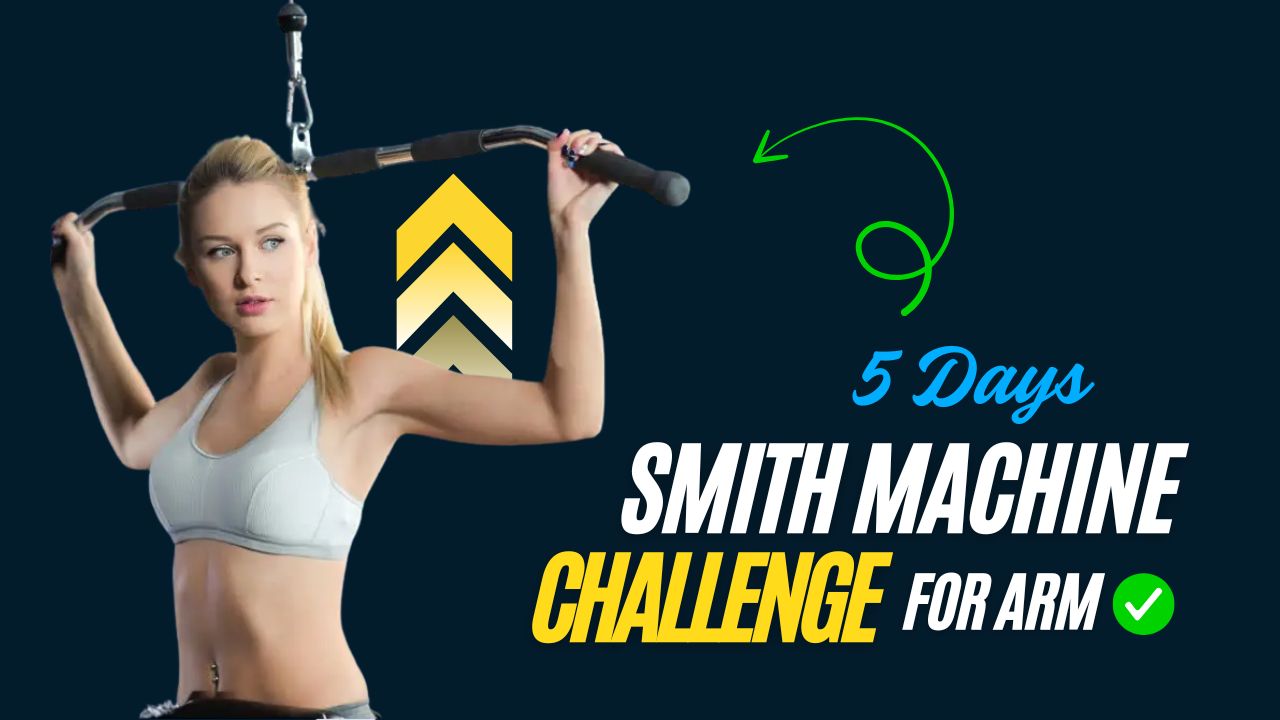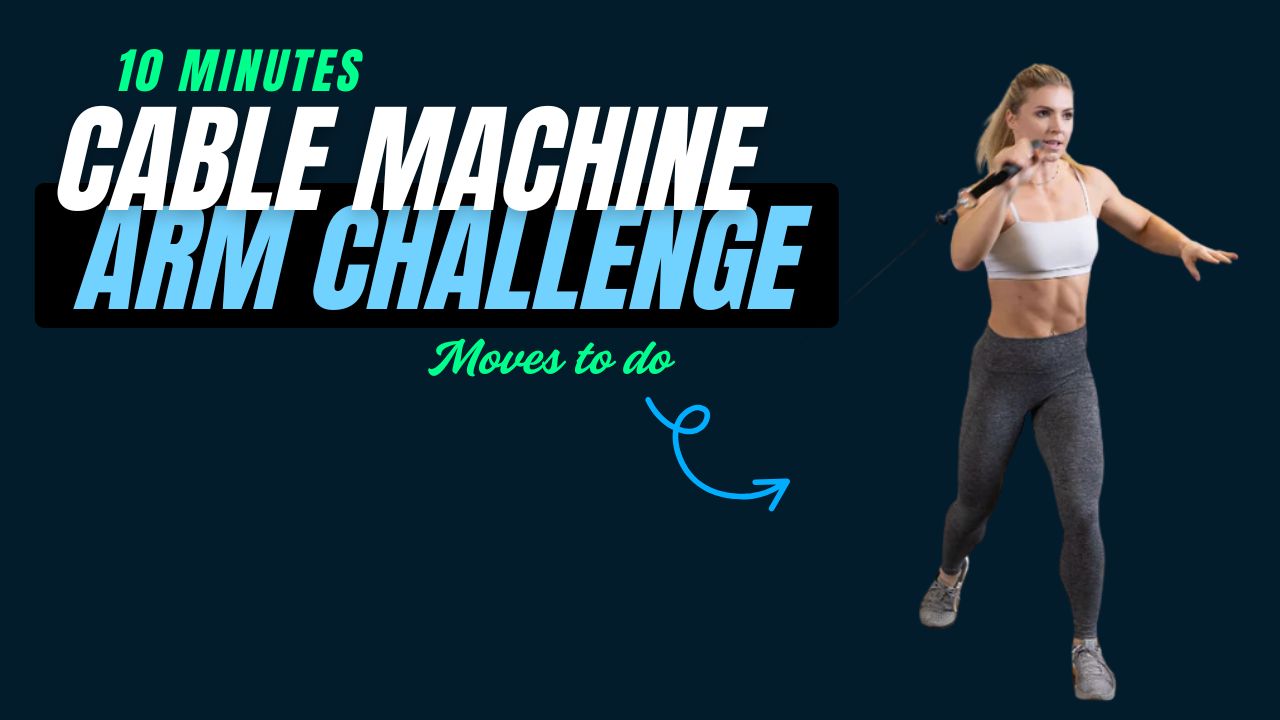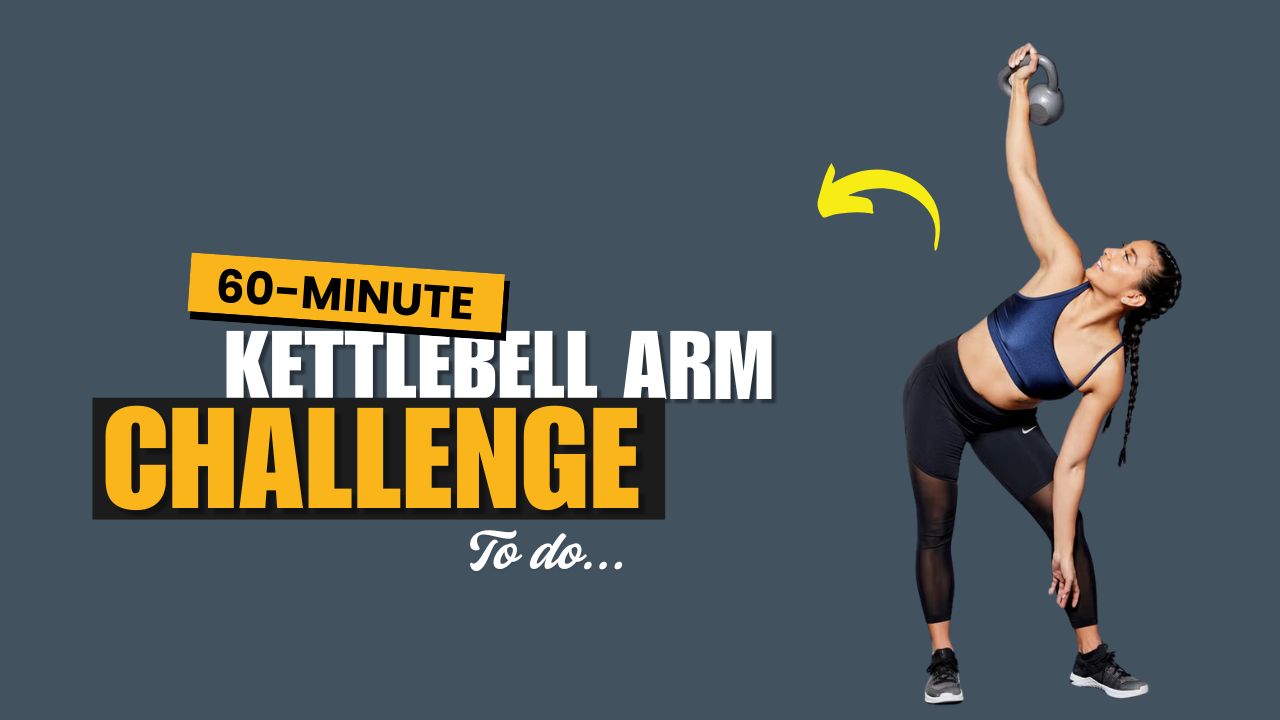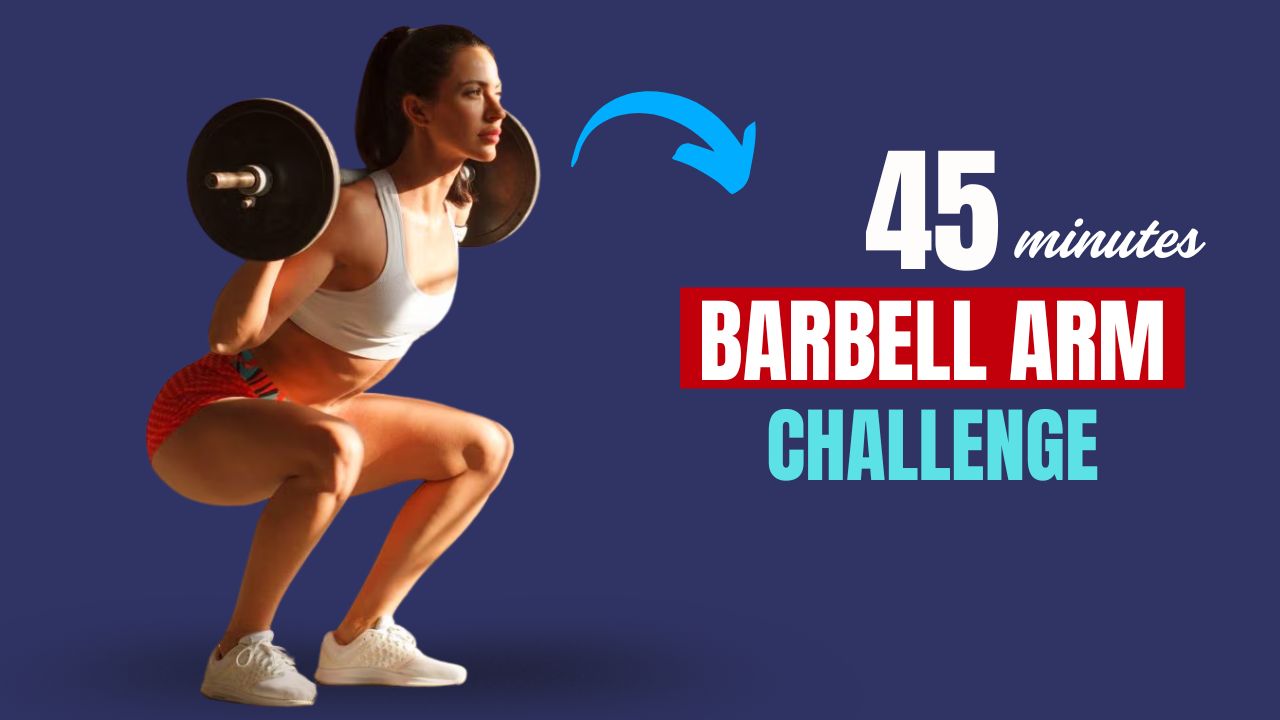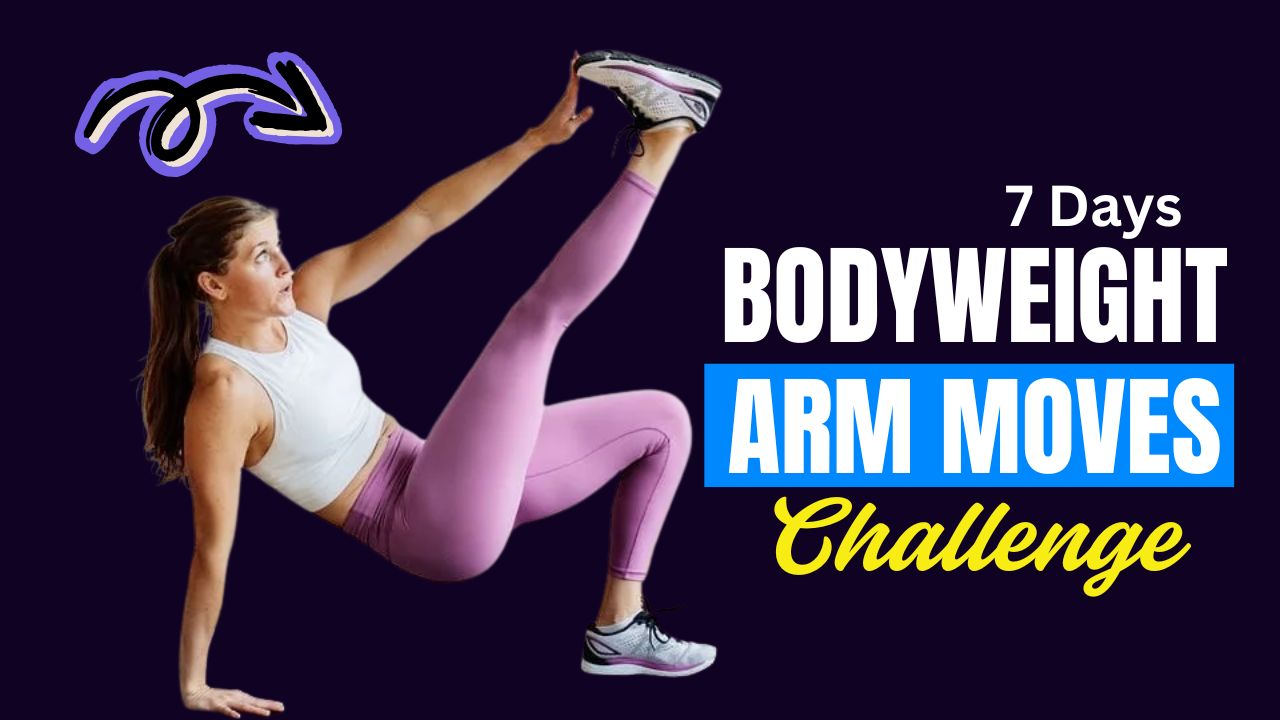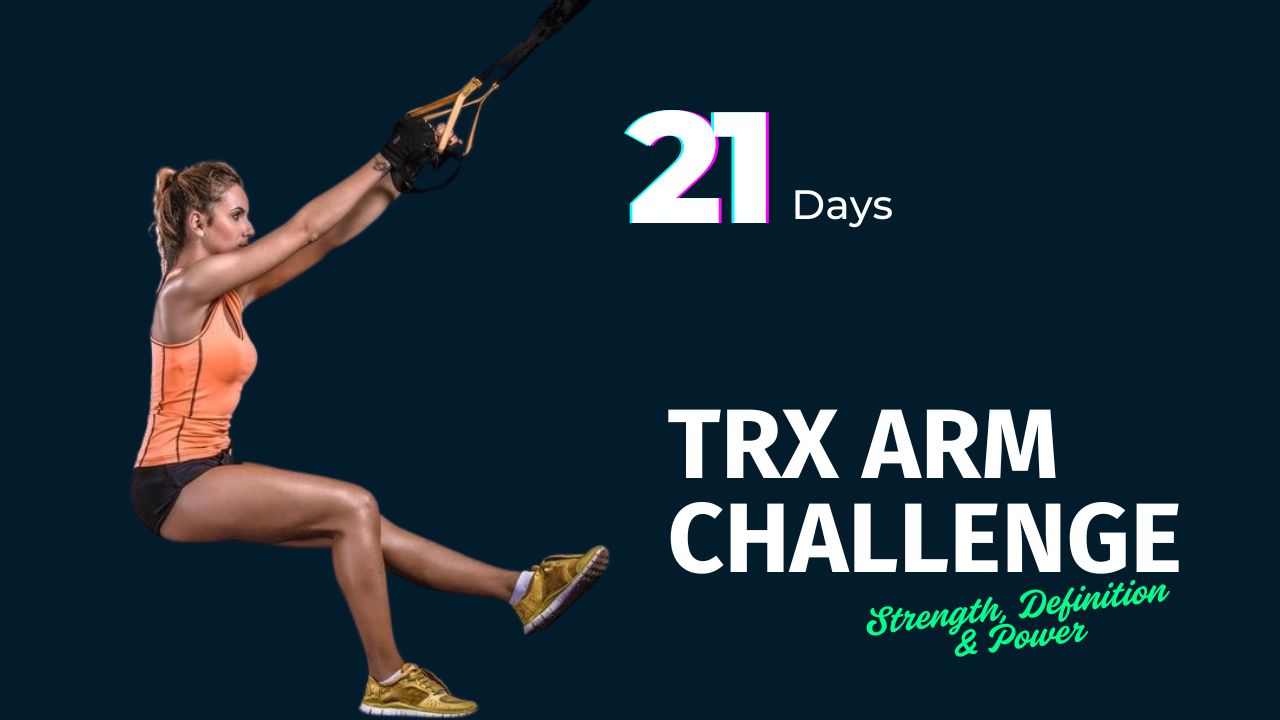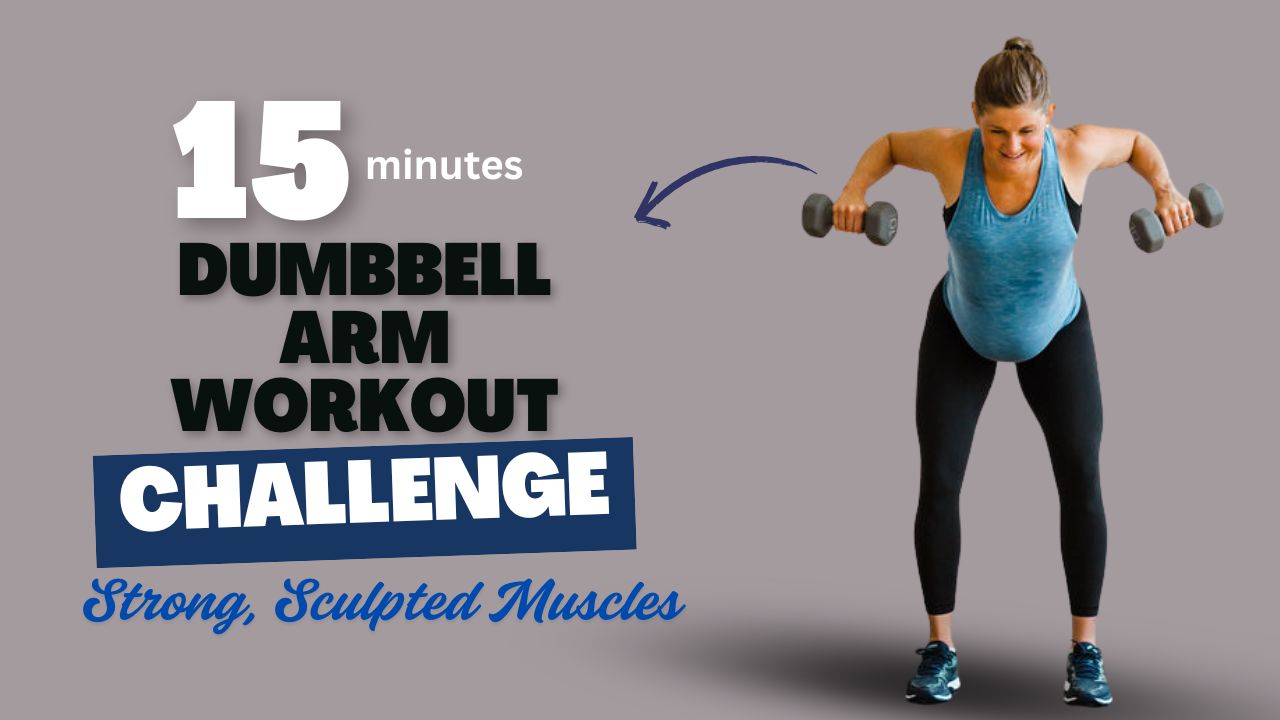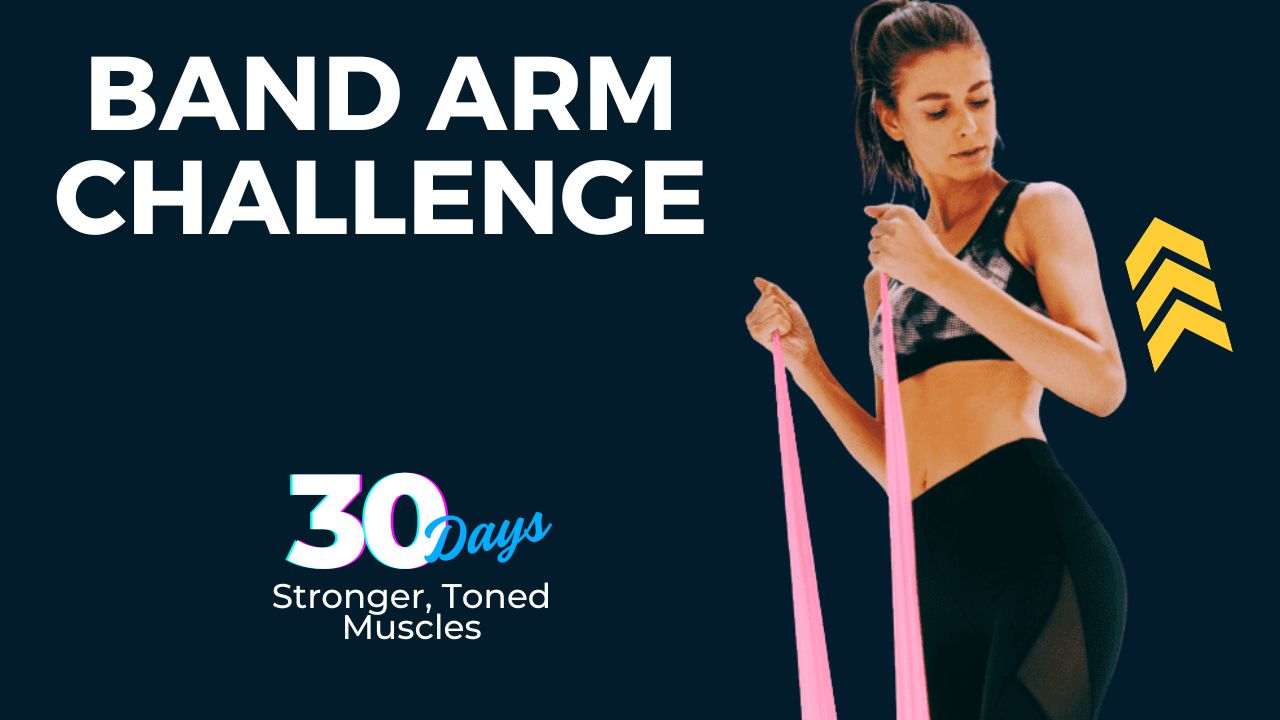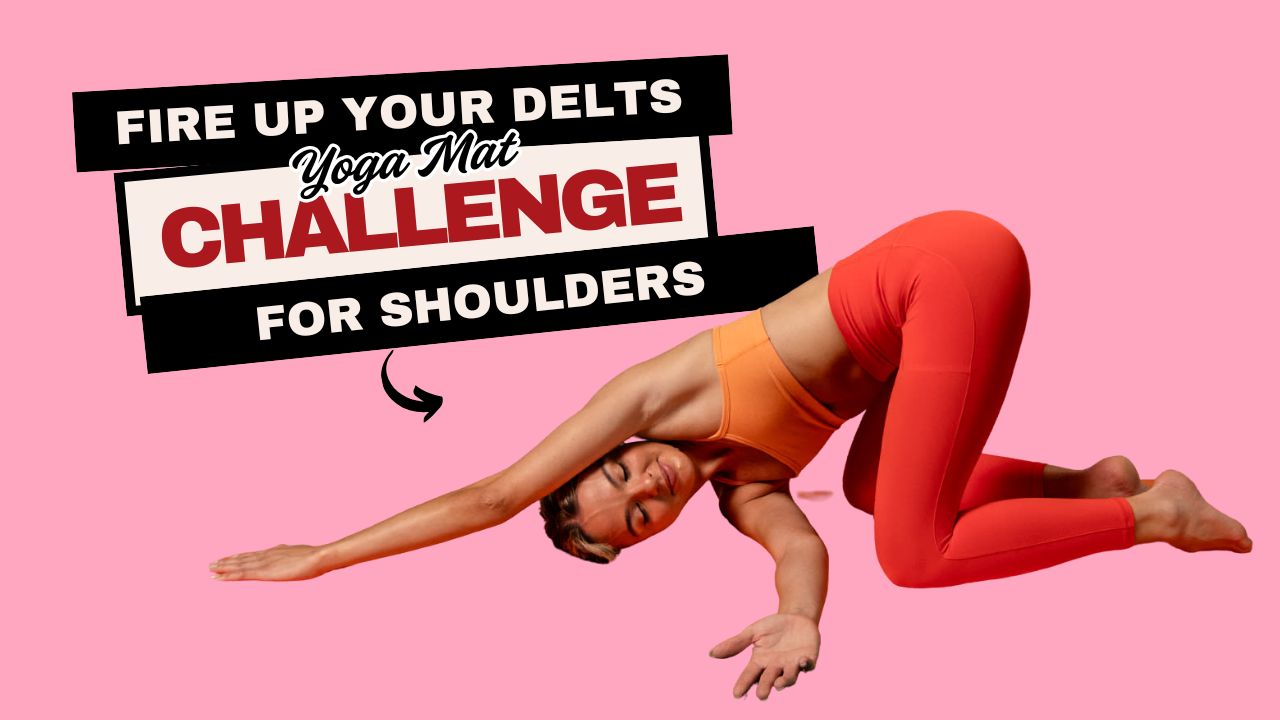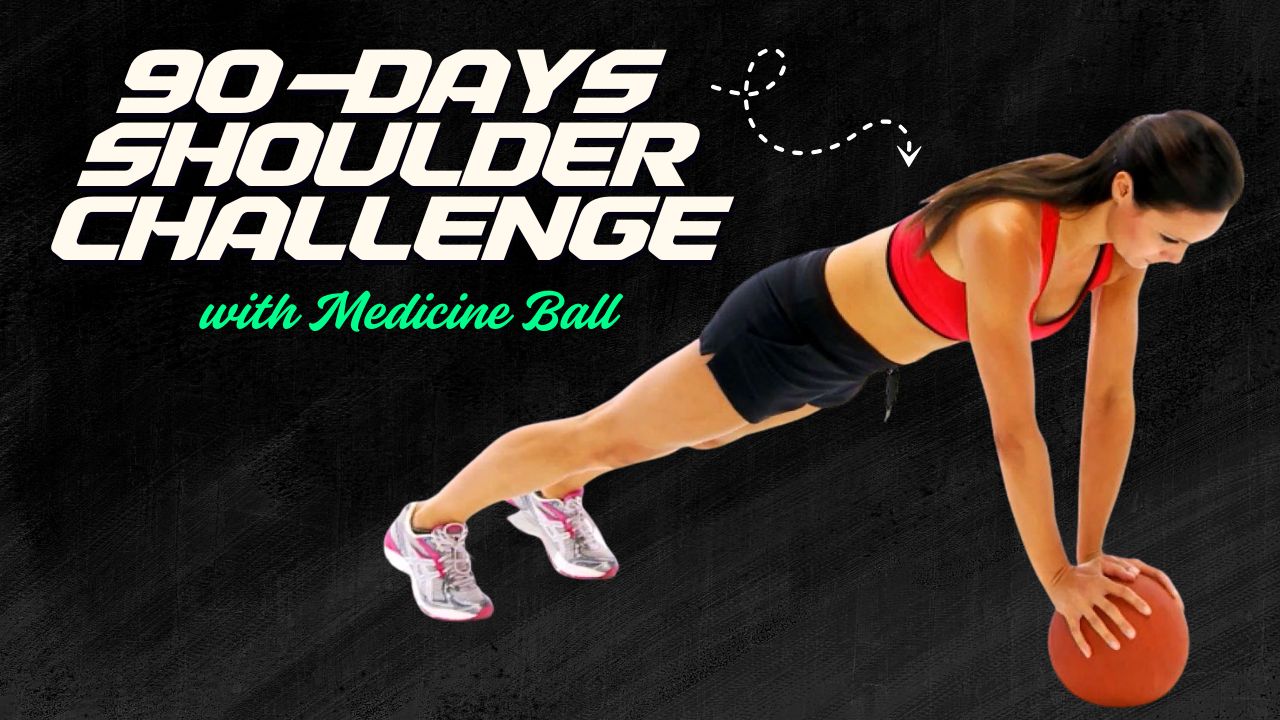Ever thought your cable machine was just for chest day? Think again.
The cable crossover machine is a secret weapon for sculpting a powerful, defined core—if you know how to use it right.
While most gym-goers stick to crunches or planks, they’re missing out on one of the most versatile tools for building abs that actually pop.
With its constant tension and full range of motion, the cable machine challenges your core from angles you never knew existed.
Did you know? Your abs aren’t just for show—they play a key role in posture, spine stability, and injury prevention.
Whether you’re chasing a shredded six-pack or just want more functional strength, these 14 cable crossover abs exercises will target your upper, lower, and oblique muscles like no other routine.
Let’s dive into each move, how to perform it, and why it works.
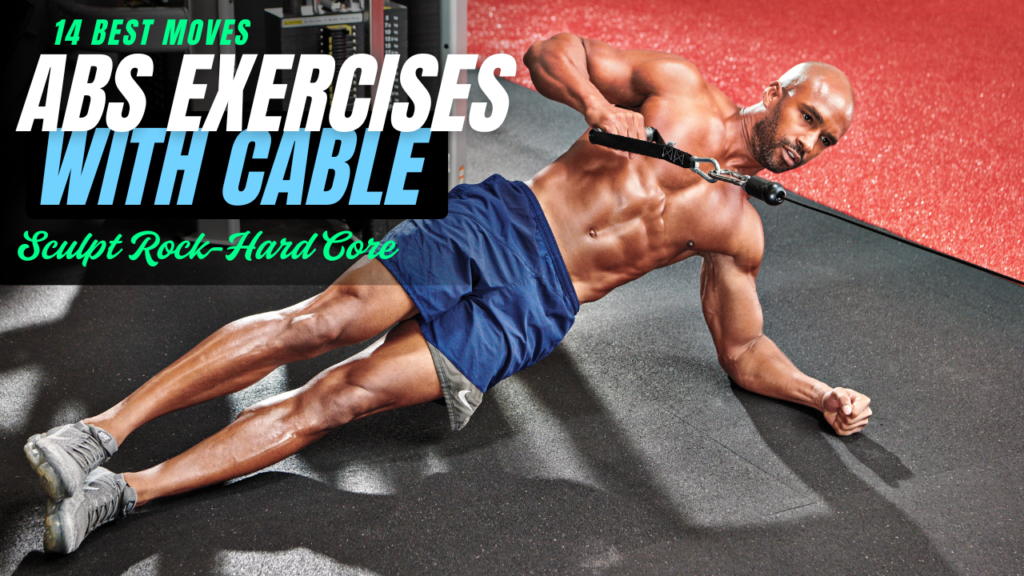
Table of Contents
30 Days of Cable Crossover Abs: What to Expect
| Benefits | Details |
|---|---|
| Stronger Core | Increased core strength and endurance in daily movements and workouts. |
| Better Definition | Noticeable tightening and improved muscle tone, especially in upper abs and obliques. |
| Improved Posture | A stronger core supports the spine and reduces slouching. |
| Enhanced Balance & Stability | Functional core exercises improve coordination in both workouts and daily life. |
| Increased Workout Efficiency | Core gets stronger, helping in lifts like squats, deadlifts, and presses. |
| More Mind-Muscle Connection | You’ll become more aware of engaging your abs properly during other exercises. |
| Reduced Lower Back Discomfort | A stable core supports the lower back and can relieve mild aches. |
| Visible Progress (if diet is aligned) | With clean nutrition, some may begin to see early ab lines or flattening of the midsection. |
| Motivation Boost | Seeing and feeling real changes often increases consistency and drive to continue. |
Also Read: 10 Best Kettlebell Exercises for Bigger, Stronger Biceps
Cable Crossover Abs Training: Do’s & Don’ts
| Do’s | Don’ts |
|---|---|
| Focus on controlled, slow movements to engage the core fully. | Don’t use momentum or swing through reps. |
| Keep your spine neutral, especially during crunches or twists. | Don’t hunch your back or overextend your lower spine. |
| Start with light weight to master form first. | Don’t go heavy too soon—it increases injury risk. |
| Breathe rhythmically—exhale during contraction, inhale during release. | Don’t hold your breath during reps. |
| Adjust pulley height for each exercise (low, mid, or high). | Don’t use the same cable height for every movement. |
| Train abs 2–3 times weekly with rest days in between. | Don’t train abs every day—it can lead to overtraining. |
| Include rotational and anti-rotational exercises for full core development. | Don’t rely on crunches alone—they miss key muscle groups. |
| Use ankle straps for lower ab movements like leg raises or pikes. | Don’t ignore lower abs—they’re often the weakest link. |
| Engage your core throughout each rep—stay tight. | Don’t let your core disengage or let your hips sag. |
1. Cable Crunch (Kneeling)
Targets: Upper Abs
How to:
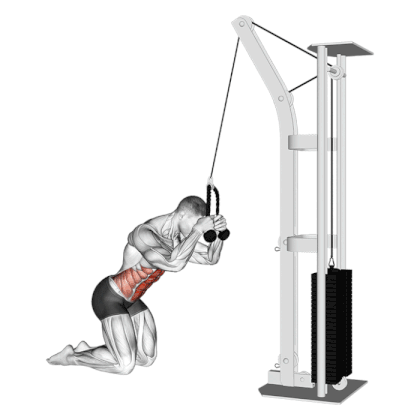
- Attach a rope handle to the high pulley.
- Kneel down facing the machine, hold the rope by your head.
- Crunch down using your abs, bringing your elbows toward your thighs.
- Slowly return to the starting position.
Why it works: Provides constant resistance throughout the movement, isolating the rectus abdominis.
Also Read: 11 Kettlebell Chest Workouts That Ignite Strength & Size
2. Standing Cable Oblique Twist
Targets: Obliques
How to:
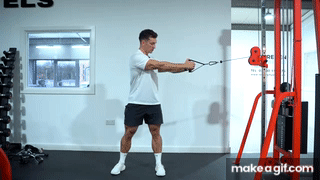
- Set a handle at chest height.
- Stand sideways to the machine, feet shoulder-width apart.
- Grab the handle with both hands, arms extended.
- Rotate your torso away from the machine.
- Return slowly and repeat.
Why it works: Rotational movement challenges core control and targets the sides of your waist.
3. Cable Woodchopper (High to Low)
Targets: Obliques, Lower Abs
How to:
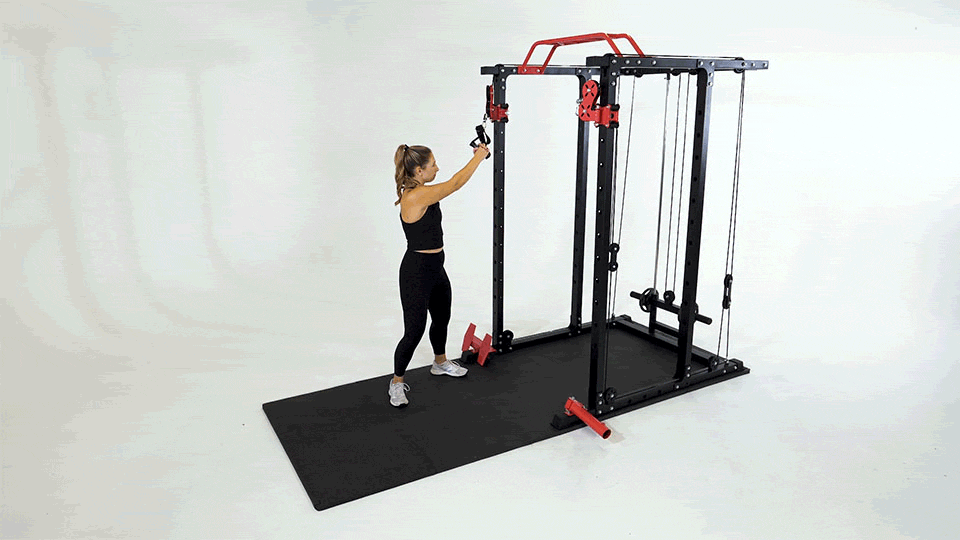
- Attach a D-handle to the high pulley.
- Stand sideways to the machine.
- Pull the handle down diagonally across your body.
- Return with control.
Pro Tip: Perform slowly to feel the burn in your obliques and hips.
4. Low to High Cable Woodchopper
Targets: Upper Obliques, Serratus
How to:
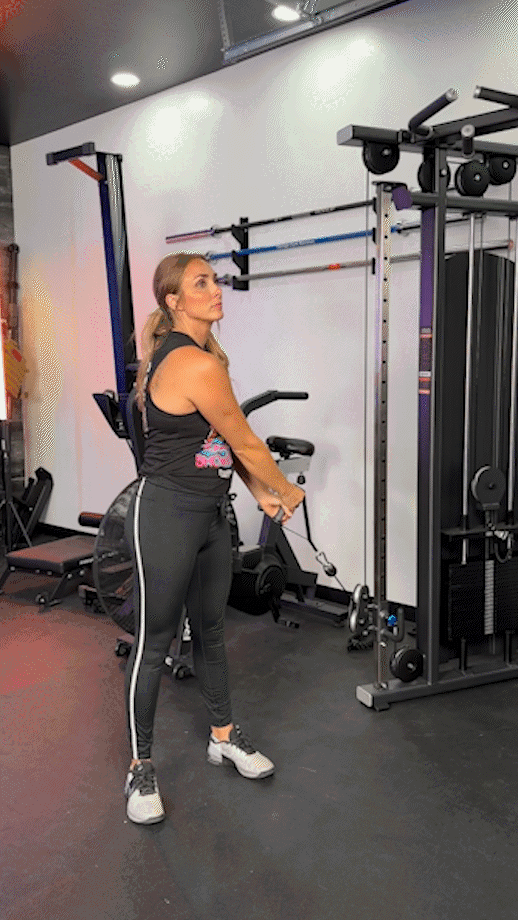
- Set the cable low.
- Pull the handle diagonally across your body in an upward motion.
- Finish with arms extended overhead.
Why it works: This reverse motion targets the often-neglected upper portion of the obliques.
Also Read: 10 Barbell Hamstring Exercises That Build Muscle & Mobility
5. Cable Reverse Crunch
Targets: Lower Abs
How to:
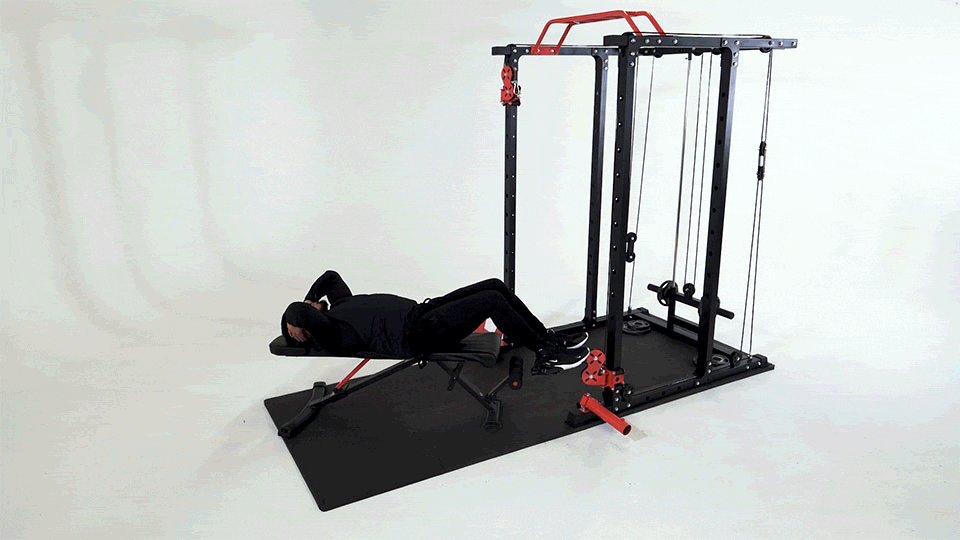
- Attach ankle straps to a low pulley.
- Lie on a mat, legs extended with cable attached.
- Curl your hips up and knees toward your chest.
- Lower slowly.
Myth Buster: Reverse crunches don’t only work when you’re lying on a bench. Cables make them way harder—and more effective.
6. Standing Cable Lift
Targets: Deep Core, Obliques
How to:
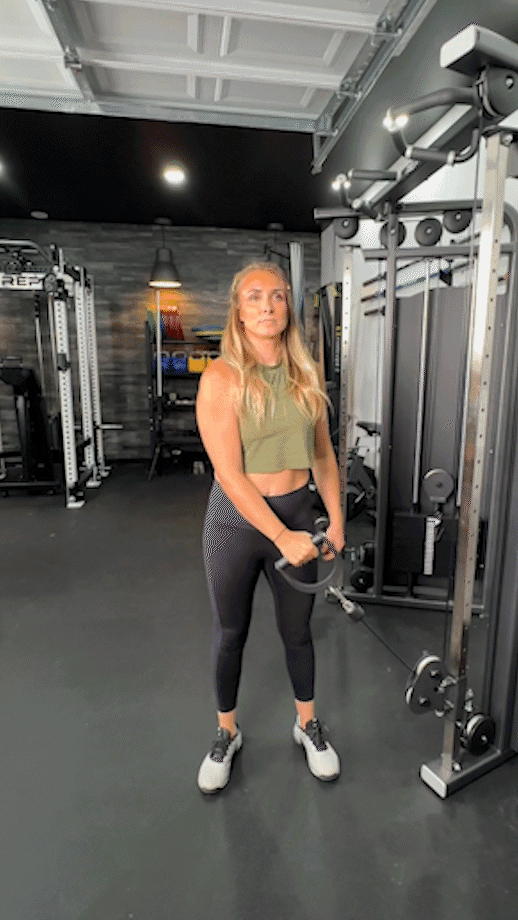
- Stand in a wide stance, handle low.
- Pull the handle across your body to shoulder level.
- Engage your core, and avoid using your arms too much.
Why it works: Forces total-body coordination while targeting rotational stability.
7. Cable Side Bend
Targets: Obliques
How to:
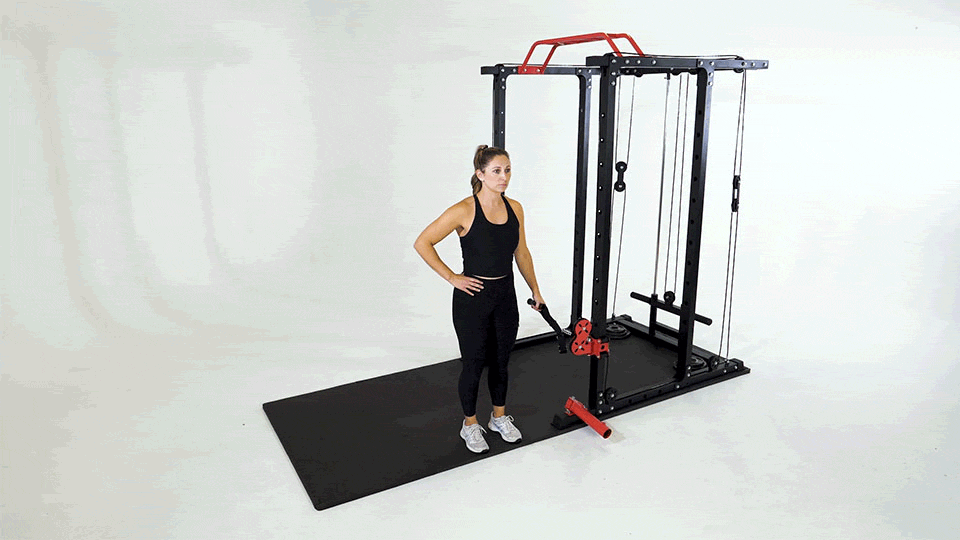
- Attach the handle to a low pulley.
- Stand side-on and grab the handle with one hand.
- Bend sideways, lowering the handle toward your knee.
- Return and repeat.
Quick Note: This isolates the side abs—great for definition and symmetry.
Also Read: 10 Barbell Oblique Exercises That Carve Your Waist Like a Pro
8. Cable Plank Row
Targets: Full Core + Lats
How to:
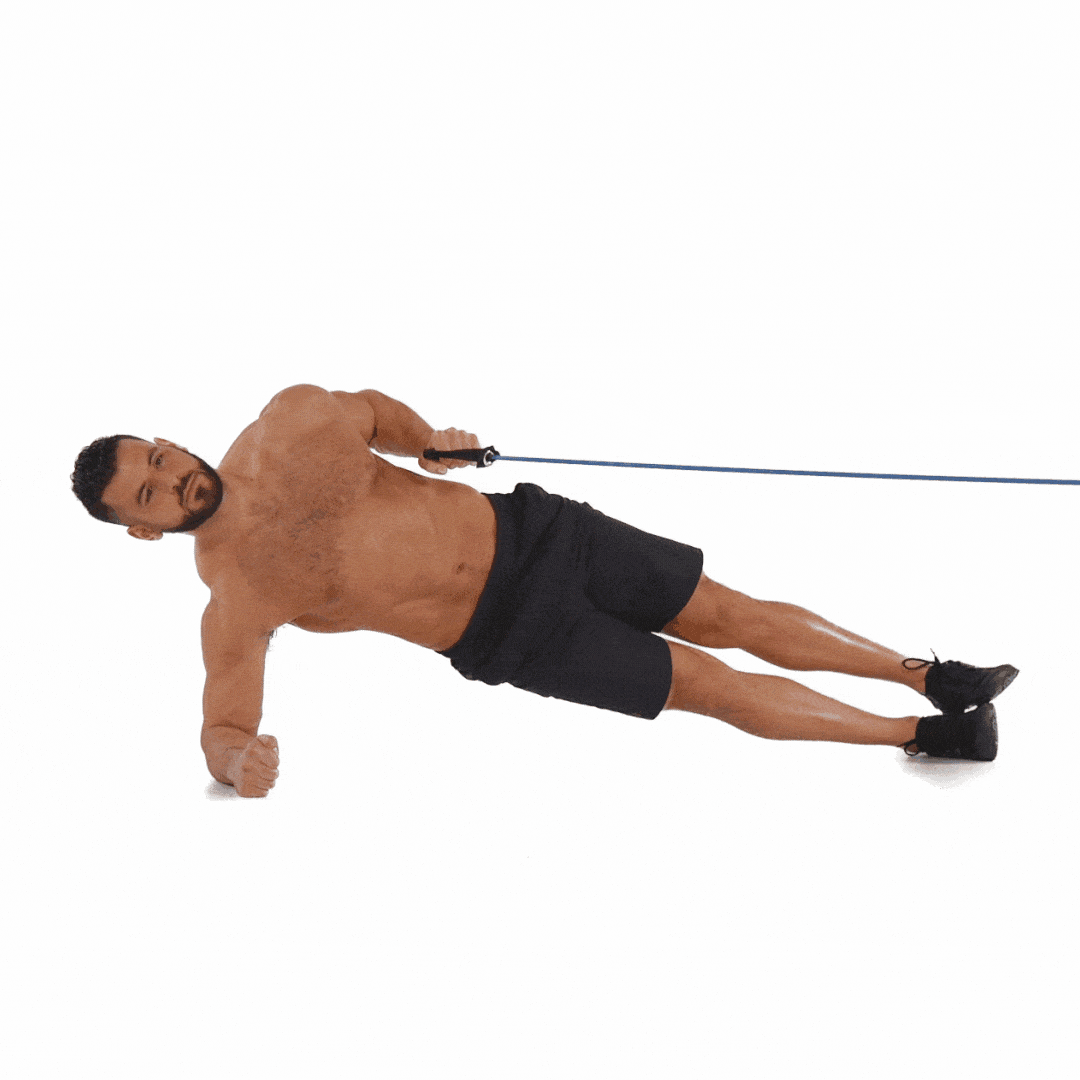
- Set a low pulley, attach a handle.
- Get into a high plank position facing the cable.
- With one arm, row the handle while maintaining a strong plank.
Why it works: Combines anti-rotation with dynamic pulling—massive core stability booster.
9. Cable Leg Raise
Targets: Lower Abs, Hip Flexors
How to:
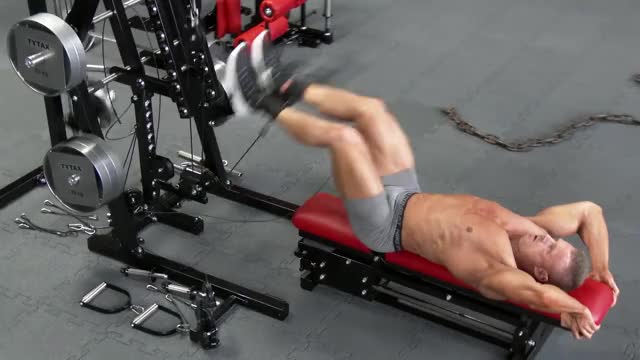
- Use ankle straps connected to a low pulley.
- Lie back on a mat, grip a bench or pole for support.
- Lift both legs upward against resistance, then lower.
Fun Fact: Cable resistance during leg raises can be more intense than using body weight alone.
10. Kneeling Oblique Cable Crunch
Targets: Obliques, Upper Abs
How to:
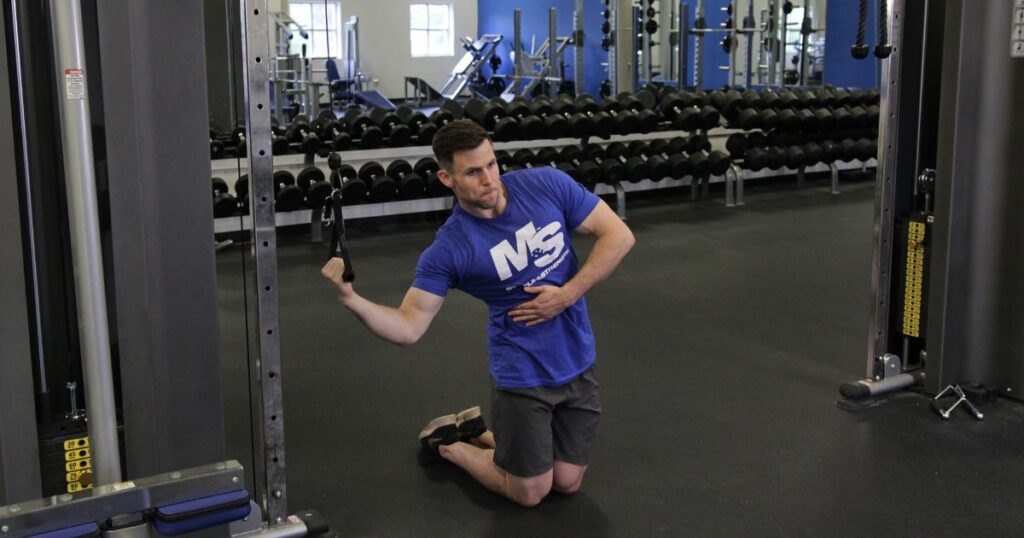
- Rope attachment at high pulley.
- Kneel sideways to the machine.
- Crunch diagonally across the body.
Why it works: Targets both vertical and diagonal fibers of your core—boosts muscle separation and control.
Also Read: 13 Barbell Bicep Workouts to Add Size, Power & Peak
11. Cable Russian Twist
Targets: Obliques, Transverse Abdominis
How to:
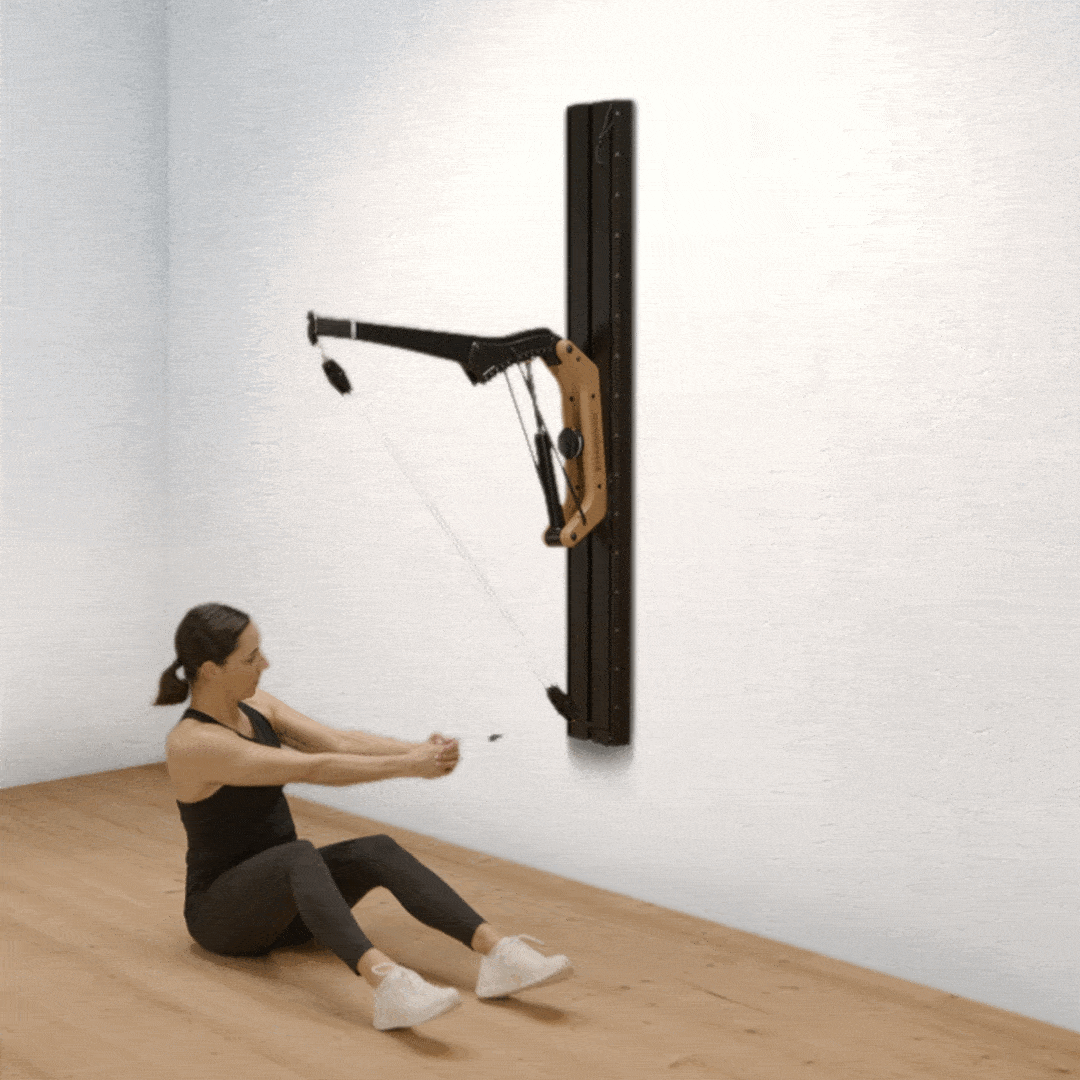
- Sit facing away from the machine with feet grounded.
- Hold a rope or handle at chest height.
- Twist side to side, keeping your spine straight.
Note: Unlike floor twists, the cable adds a layer of resistance that deepens the burn.
12. Cable Pike (Stability Ball Optional)
Targets: Lower Abs, Entire Core
How to:

- Use ankle straps attached to a low pulley.
- Get into a push-up position.
- Pull your feet toward your hands by lifting your hips.
Why it works: A challenging move that mimics the ab roller but with adjustable resistance.
13. Cable Dead Bug
Targets: Deep Core, Transverse Abs
How to:

- Lie on your back, and hold cables in both hands from low pulleys.
- Lift legs in a tabletop position.
- Extend one leg and opposite arm, return, and alternate.
Why it works: Promotes spinal stability and coordination.
Also Read: Sculpt a Bigger Chest: 12 Barbell Exercises for Explosive Growth
14. Standing Cable Pallof Press
Targets: Anti-Rotation Core Stability
How to:
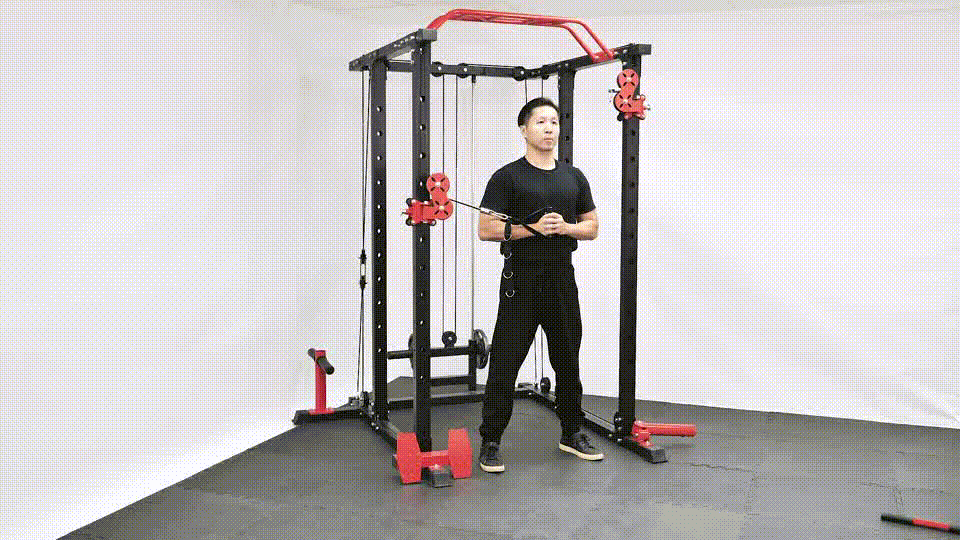
- Set cable at chest height.
- Hold the handle with both hands and stand perpendicular to the machine.
- Press arms straight out, and resist rotation.
- Hold briefly, and return.
🔍 Did You Know? Anti-rotation exercises like this are key for real-world core strength—more than any crunch ever could offer.
Final Thoughts: Unlock the Hidden Power of the Cable Machine
Most gym-goers overlook the cable crossover for abs, reserving it for chest flys. But now, you know better.
This machine delivers constant resistance, allows multi-directional movement, and challenges your abs through isolation, stability, and functional strength.
Whether your goal is aesthetics, performance, or injury-proofing your body, integrating these 14 moves into your weekly workout plan can level up your core game.
Frequently Asked Questions (FAQs)
Are cable crossover exercises good for abs?
Yes. Cable crossover machines offer constant resistance, allowing you to target your abs from multiple angles. They’re especially effective for building definition, core strength, and control compared to traditional bodyweight-only movements.
How many times a week should I train abs with cables?
For best results, aim for 2 to 3 times per week. This gives your abdominal muscles time to recover and grow while ensuring consistent activation and progress.
Are cable ab exercises suitable for beginners?
Absolutely. Start with light weights, focus on form, and build up gradually. Cable machines are beginner-friendly and allow you to control resistance to match your current fitness level.
Which abs do cable crossover exercises target?
They can target all areas of the core—upper abs, lower abs, obliques, and even deep stabilizing muscles like the transverse abdominis, depending on the angle and movement pattern of the exercise.
How many reps and sets should I do?
A solid guideline is 3–4 sets of 10–15 reps per exercise. For isometric holds (like Pallof Press), go for 20–30 seconds per side.
Can I replace my entire ab routine with cable exercises?
Yes, you can build an effective, full-range core routine using just the cable machine. However, for variety and functional balance, it’s ideal to mix it with bodyweight and free-weight ab movements.
What weight should I start with on the cable machine?
Start with a moderate weight that allows you to perform all reps with good form but still feels challenging by the last few reps. It’s okay to adjust mid-set as you learn what works best.
How are cable exercises better than crunches or sit-ups?
Cable exercises provide constant tension, adjustable resistance, and allow for multi-directional movement, making them more versatile and often more effective than bodyweight-only crunches or sit-ups.
Can cable ab workouts help me get a six-pack?
They can strengthen and define your abdominal muscles, which is crucial for a six-pack. However, visible abs also depend on low body fat, which comes from overall diet and cardio.
Do I need both high and low pulleys for these exercises?
Yes, having access to both high and low pulley settings allows you to perform a complete variety of ab movements—targeting every section of your core with precision.
